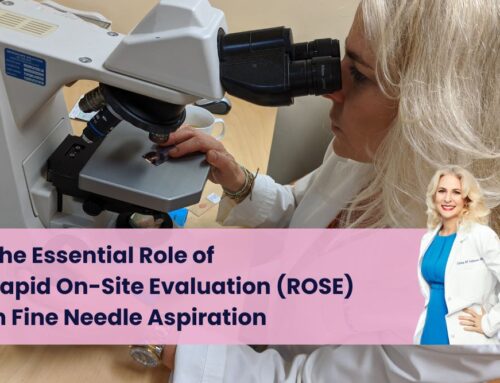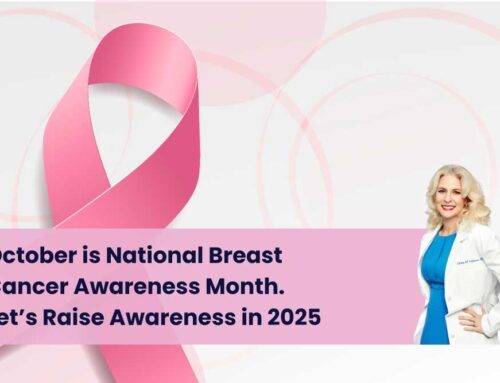Women who face the possibility of a breast cancer diagnosis are often faced with choices between a fine needle aspiration (FNA) or a core biopsy or open biopsy of the breast. Both of these diagnostic techniques are used to obtain tissue specimens in order to determine if cancer is present and, if so, what the stage of the cancer is. Staging is important in deciding treatment, so the earlier and more accurate the staging diagnosis, the sooner treatment can be initiated.
What is an FNA?
An FNA, sometimes called fine needle aspiration biopsy, is actually well described by its name. A very thin needle or fine hollow needle is inserted into the potential tumor by a doctor who is a fine needle aspiration specialist. Tumor cells and fluid are aspirated (sucked up) through the needle and immediately placed on slides for microscopic examination.
The cytopathologist can quickly determine whether the cells are cancerous and how far the cancer has progressed. The stage of the cancer indicates where it is located, how fast it is developing, and if (or how far) it has spread. In some cases, CT scans or endoscopic ultrasound guidance may be used to help the physician locate the lesion more accurately before performing the fine needle aspiration biopsy.
What is an Open Biopsy?
An open biopsy is another way to obtain a specimen of a possible tumor. The surgeon makes an incision (cut) in the breast and removes some or all of the lump for examination. The incision is closed with staples or sutures. The lump is sent to the pathology laboratory for microscopic examination.
The pathologist views slides onto which the lump has been sectioned (very thinly sliced) and makes the diagnosis. Staging is also performed at that time by the pathologist.
FNA vs Open Biopsy
Although both an FNA and an open biopsy achieve the same diagnostic results, an FNA has some distinct advantages. A fine needle aspiration biopsy, sometimes called fine needle technique, can be performed safely in the office by a fine needle aspiration specialist.
It takes only a few minutes, and neither anesthesia nor stitches are necessary. The results may be available within a day, offering faster peace of mind for patients.
An open biopsy requires local anesthetic and more recovery time. In most cases, the core biopsy or open biopsy is performed by a different doctor than the one who makes the diagnosis, and the diagnosis typically takes longer.
An FNA is also less invasive, more cost-effective, and minimizes scarring. When guided by CT scan or ultrasound, this procedure provides high accuracy with minimal risk making fine needle aspiration biopsy one of the safest options for evaluating breast lumps or other suspicious lesions.



